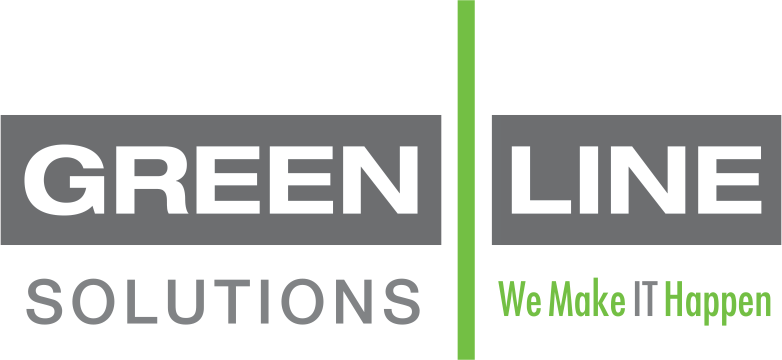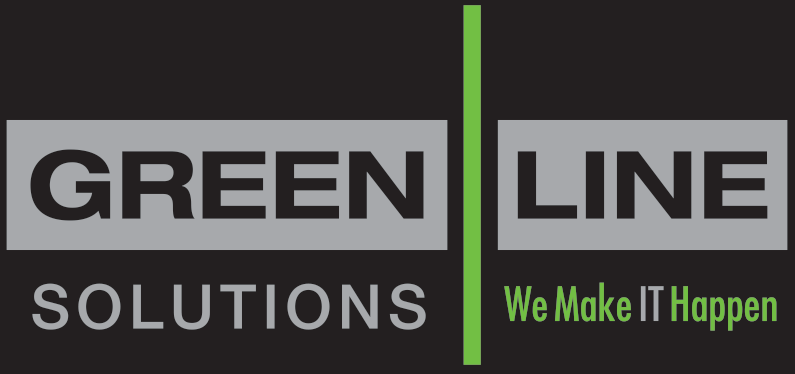
Pioneering AR Applications for the Workplace
Although many people have only interacted with AR through the guise of entertainment, the technology has a broad array of AR applications that could transform the workplace. The use of AR offers possibilities of improving employee training, increasing productivity, and making workplaces safer. This technology will manifest in myriad ways, from tablets and headsets, to smartglasses and even contact lenses.
In the case of wearable tech, the user would be able to have complete awareness of their surroundings, since the eyepieces are see-through (unlike those of VR, which replace the user’s field of vision with a virtual one), allowing interaction with 2-D and 3-D images and messages projected in their direct line of sight. This means workers can accomplish tasks in a much more streamlined fashion since they will be able to follow detailed instructions projected directly in their line of sight instead of having to constantly stop and check a computer screen or paper manual.
Using this projection method could dramatically increase workers’ speed and accuracy, affecting thousands of employees and representing millions of dollars in savings. The technology also makes it more likely that fewer employees will be let go for initial performance since AR could enhance training and offer realtime suggestions for improvement. By projecting step-by-step instructions directly onto the work surface or machinery, AR offers less room for error and increases safety by minimizing distractions as well as displaying warnings and labels.
Not only will AR improve production, but it is “dramatically speeding up the design process, reducing the need for physical prototypes and shortening time to market,” says Ryan Pamplin, vice president of the AR Manufacturer, Meta. One reason that AR is so useful for prototyping is that the projection can be to scale, showing the user what the object would look like in a physical space, but also because the user could walk around the projection and see it from several angles.
The biggest obstacle preventing AR from becoming much more widely used is the cost of wearable tech. Businesses that want to outfit their employees with AR glasses or headsets need to invest between $1,000 and $3,000 per employee, inhibiting the widespread adoption of the medium. However, this is a common trend with new technologies, which often hit the market at a much higher price point than most can afford. When cell phones and laptops were released for commercial use, they too were prohibitively expensive, yet a 2016 Goldman Sachs Global Investment Research study found that in the last 20 years, such devices have dropped in price by 5 percent to 10 percent a year on average.
The other main obstacle is design portability and function, wearable tech needs to be wireless and comfortable if it’s going to be adopted in a variety of fields and must allow for easy and safe movements. Display components must be bright enough to be seen during outdoor work, but not so bright as to be dangerous or disorienting. With this in mind, one design hurdle is battery life, which could be drained quickly if continuously and in an environment requiring full brightness or volume.


